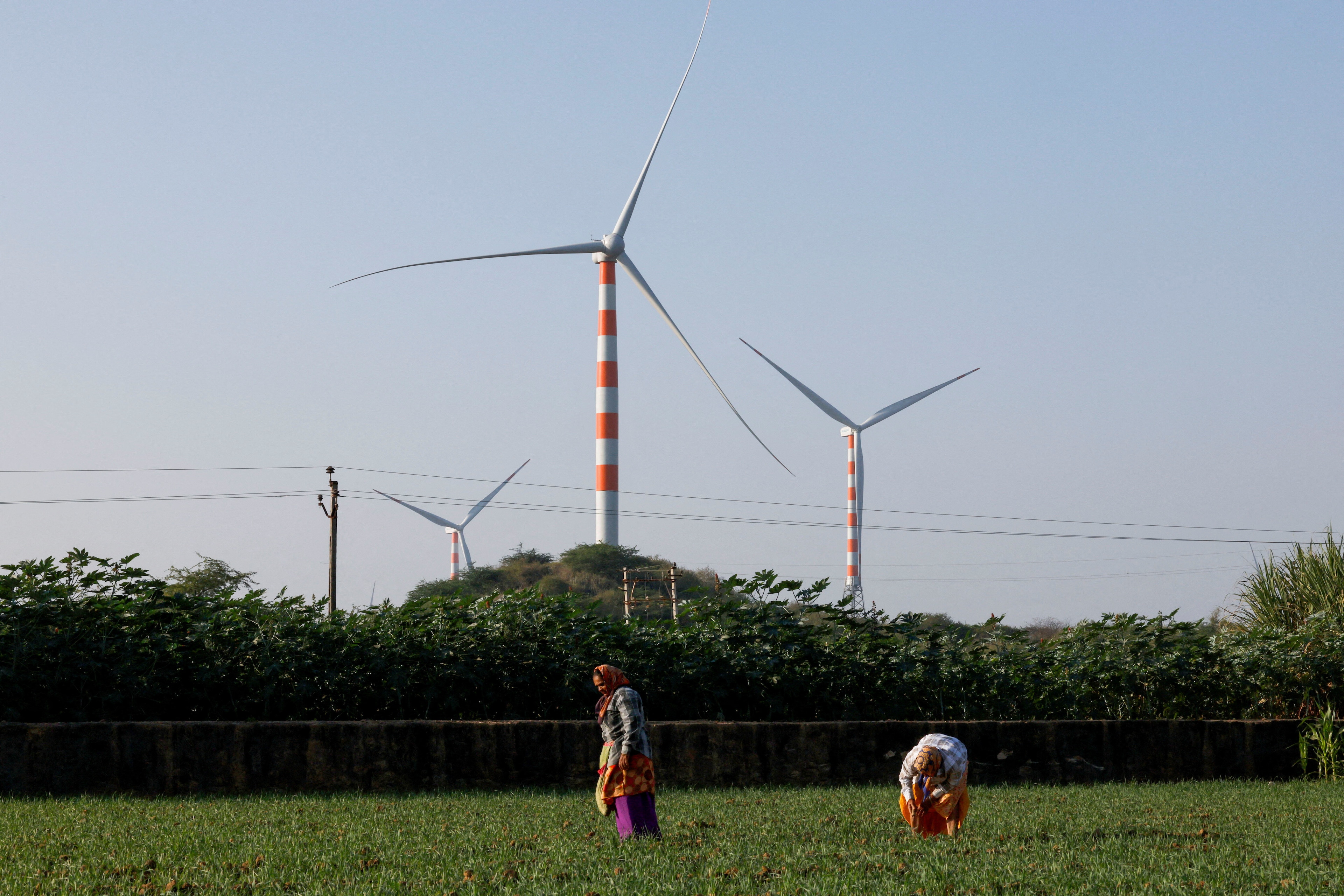These 3 countries are global offshore wind powerhouses

These three countries make up over 80% of total offshore wind installations worldwide.
Image: REUTERS/Chris Radburn
Stay up to date:
Decarbonizing Energy
Offshore wind energy is one of the world’s most underused resources, with less than one-tenth of wind power based offshore. But the Global Wind Energy Council projects that by 2023 it will account for almost one-quarter of world wind generation. Three countries lead the way: the UK, Germany, and China.
The World Economic Forum’s 2019 Energy Transition Index ranks the UK and Germany in the top 20 nations measured against 40 criteria. China ranks 82nd, partly due to its continued reliance on fossil fuels. The report says successful transition to clean energy depends on strong regulatory frameworks and stable policies, something all three top wind power nations demonstrate.
United Kingdom
The UK leads the world in offshore power with more installed capacity than any other country. It is home to 34% of total offshore installations. By 2030, offshore wind will provide one-third of the country’s energy mix, creating an estimated 27,000 new jobs in the industry.
The UK overtook Denmark to become the leader in global offshore generation as far back as 2008, a fact that may have escaped some Britons. A survey last year found that half of UK citizens felt their government was not doing enough to combat climate change.
Accept our marketing cookies to access this content.
These cookies are currently disabled in your browser.
RenewableUK, the industry body, says the cost of new offshore energy in the UK has halved since 2015 thanks, in part, to government policy that encourages offshore and discourages onshore wind. Being an island also helps. Last year, the UK recorded some of its lowest CO2 emissions since 1888.
Germany
A comparative newcomer to offshore wind generation, Germany’s first offshore wind farm, Alpha Ventus, only started producing power in 2009. Since then, it has grown rapidly, becoming one of the world’s largest producers of offshore wind energy with installed capacity of 6.4 gigawatts.
Taking advantage of its location between the North and Baltic Seas, Germany installed 136 new wind turbines last year. It now accounts for 28% of total offshore installations. It is even installing a link to supply North Sea offshore power to Denmark to help that country achieve its zero-carbon ambitions.
Costs in offshore generation have been driven down sharply in recent years, so much so that last year the German government removed subsidies for new offshore wind for the second year running. However, cost-cutting by generators is reported to have led to employee layoffs at some turbine makers.
China
China is poised to become the global offshore wind leader. Last year, the country installed and connected more capacity than any other. The rate at which China adds new offshore capacity is planned to double from two to four gigawatts a year by 2025.
China’s burgeoning offshore sector is being driven by fast-growing demand. The International Energy Agency said energy consumption in China grew by 3.5% last year, accounting for one-third of global demand growth. China responded with the biggest growth in solar and wind power of any nation.
Jiangsu Province in eastern China leads the country’s offshore industry. In 2017, it built half of the country's new offshore capacity. In January, the province approved 24 new offshore projects, adding a further 6.7 gigawatts and costing $18 billion. The projects are all due to be operational next year.
Don't miss any update on this topic
Create a free account and access your personalized content collection with our latest publications and analyses.
License and Republishing
World Economic Forum articles may be republished in accordance with the Creative Commons Attribution-NonCommercial-NoDerivatives 4.0 International Public License, and in accordance with our Terms of Use.
The views expressed in this article are those of the author alone and not the World Economic Forum.
Related topics:
Forum Stories newsletter
Bringing you weekly curated insights and analysis on the global issues that matter.
More on Energy TransitionSee all
Gaurav Upadhyay and Labanya Prakash Jena
August 8, 2025
David Timis
August 8, 2025
Forum Stories
August 6, 2025
Marina Colombo and Lynn Kappes
August 6, 2025
Sverre Alvik
August 5, 2025
Michael Wang
July 28, 2025






